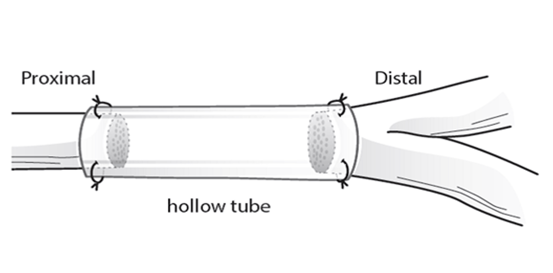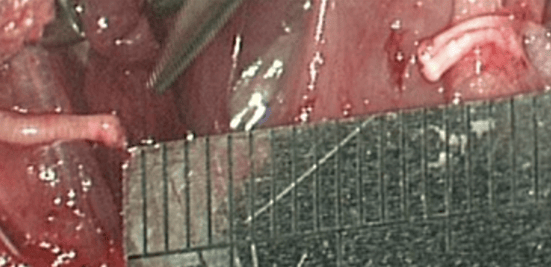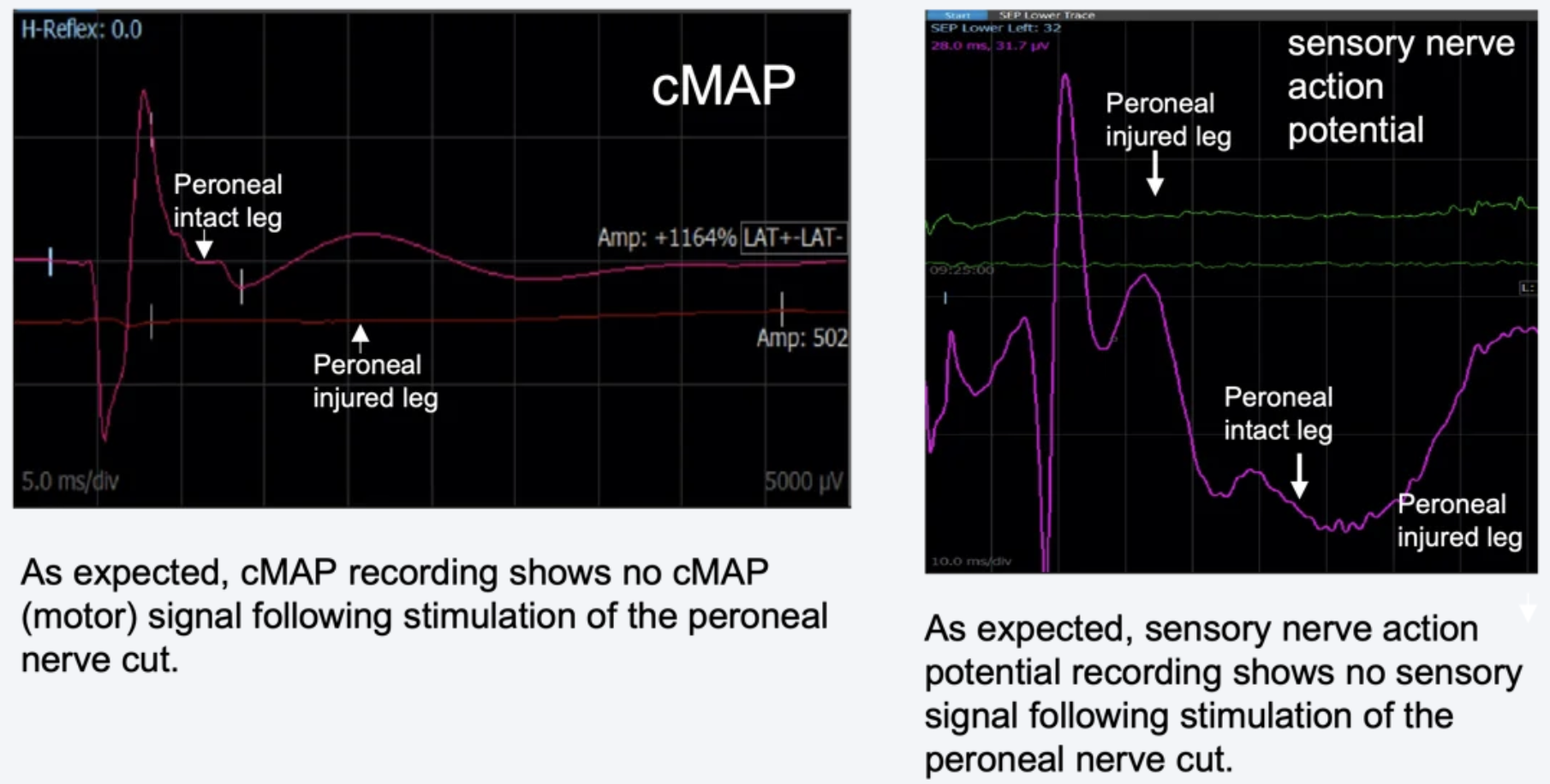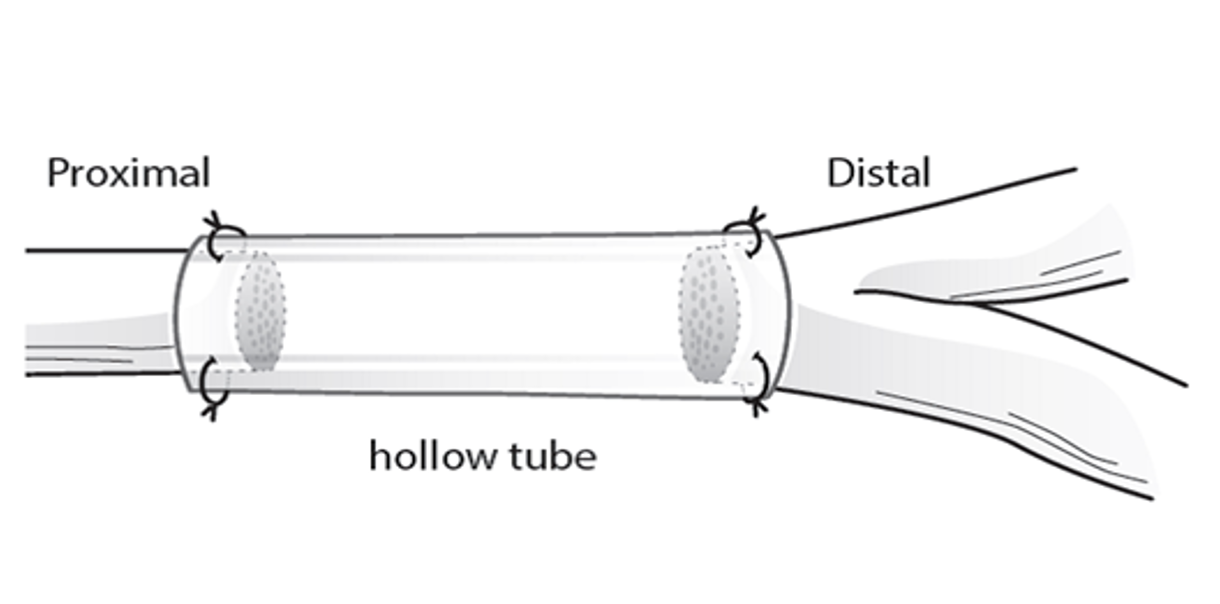Nerve damage refers to injury or impairment to the nervous system. This can lead to loss of sensation, pain, or total paralysis. Nerve repair involves restoring damaged nerves to facilitate proper signaling and functionality. Developing technologies such as wraps, conduits and fillers is crucial as they provide repair for damaged nerves. Common practices in the clinic include reconstructions with direct end-to-end anastomosis, autologous implantation, or implantation of a conduit.
Currently, the majority of studies are conducted in rats, while rabbits are typically chosen for larger animal experiments. Although rabbits offer certain advantages, their primary disadvantage is the lack of functionality assays, which are the main measure of outcomes in humans. Pigs present a promising solution for peripheral nerve injury models due to their ability to simulate critical gaps and facilitate various functional assays such as computerized gait analysis, cMAP and DSNAP tests. In this model, the sciatic nerve is dissected to simulate peripheral nerve damage.
Peripheral Nerve Repair Model
The peripheral nerve repair model is induced by complete nerve dissection, creating a 15 mm segmental loss. This model is advantageous for studying new technologies for peripheral nerve repair and symptomatic neuroma therapy.


Electrophysiology Characterization of Peripheral Nerve Dissection
cMAP and sensory action potential measurements in pigs 6 weeks post surgery.

To learn more about our capabilities, contact us or download the datasheet here.






